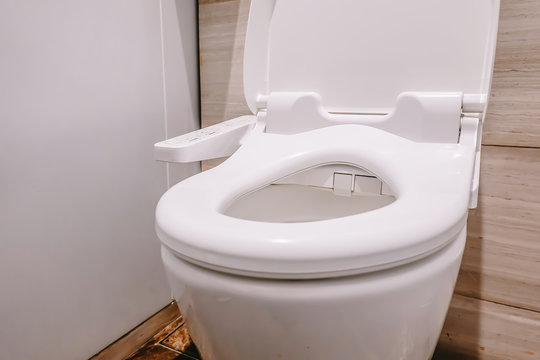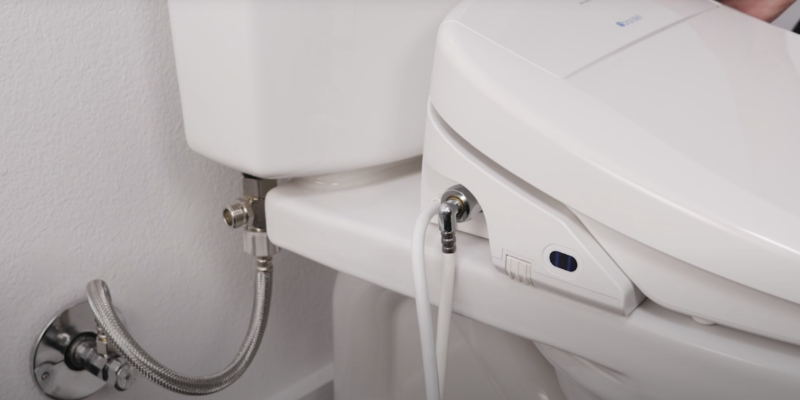In recent years, the question 'can you add a bidet to any toilet' has intrigued many homeowners and industry professionals alike. The growing interest in bidets comes as no surprise, given their benefits in terms of hygiene, environmental impact, and cost savings. This guide explores the feasibility and considerations involved in adding a bidet to any toilet, offering a deep dive into the practicality, installation processes, and choices available in today's market.

Understanding Bidets and Their Benefits
Bidets have been a staple in many cultures around the world, revered for their ability to provide a superior clean compared to traditional toilet paper. But what exactly makes them so popular? Bidets use a gentle stream of water to clean the user's private areas after using the toilet, promoting better hygiene and comfort. Additionally, adoption of bidets can significantly reduce toilet paper usage, which is both environmentally friendly and a cost saver.
Types of Bidets and Compatibility
When considering whether you can add a bidet to any toilet, it's essential to understand the different types of bidets available. There are three primary types: standalone bidets, bidet attachments, and bidet toilet seats.
Standalone Bidets
These are separate fixtures that require additional space and plumbing work. While they offer the most comprehensive cleaning experience, they are not ideal for small bathrooms or quick installations.
Bidet Attachments
Bidet attachments are a more versatile option. They can fit most standard toilets, making them an excellent choice for those looking to retrofit an existing toilet without major modifications. These attachments are typically installed under the existing toilet seat and can be adjusted according to user preference.
Bidet Toilet Seats
These are a popular choice as they replace the existing toilet seat and often come with advanced features such as heated seats, adjustable water pressure, and even built-in dryers. Bidet toilet seats are generally compatible with most modern toilets but always check the specifications before purchasing.
Installation Considerations
Before attempting to add a bidet to your toilet, consider the following factors to ensure compatibility and functionality:
Water Supply
Ensure that a water supply line is accessible. Most bidet attachments and seats require a connection to the toilet's water supply. It is crucial to verify whether your current plumbing setup can accommodate this connection without extensive alterations.
Toilet Design
The design of your toilet can affect the ease of installation. One-piece toilets may present more challenges compared to two-piece designs. Additionally, consider the shape of your toilet bowlelongated and round bowls may require different attachment or seat models.
Electrical Requirements
Some bidet seats with advanced features require electrical power. Ensure there is an electrical outlet near the toilet and that it meets the power requirements of the bidet seat.
Steps to Successfully Add a Bidet
Adding a bidet to your toilet can be a straightforward process if approached methodically:
1. Choose the Right Bidet for Your Needs
Consider the features that are most important to you, such as adjustable water pressure, temperature control, and ease of use.
2. Gather Necessary Tools
For most installations, you'll need a wrench, screwdriver, and potentially some plumbing tape. Read the installation instructions carefully to ensure you have all necessary tools on hand.
3. Follow the Manufacturer's Instructions
Installing a bidet attachment or seat involves following specific steps outlined by the manufacturer. These instructions vary slightly depending on the model, so it is crucial to adhere to them closely.
Maintenance and Care
Once installed, maintaining your bidet is vital for hygiene and longevity. Regular cleaning and inspection of the water connections will prevent leaks and ensure optimal performance. For detailed cleaning instructions, refer to resources like the New York Times Wirecutter guide on cleaning bidets.
Conclusion
In conclusion, adding a bidet to any toilet is not only possible but also beneficial in terms of hygiene, environmental impact, and long-term cost savings. By understanding the different types of bidets, assessing your toilet's compatibility, and following proper installation procedures, you can seamlessly integrate a bidet into your bathroom setup. For more insights into bidet benefits, check out this Dripx article on replacing toilet paper with bidets.

FAQ
Can a bidet be installed on any type of toilet?
While most bidets can be installed on standard toilets, it's essential to consider the design and plumbing setup of your toilet to ensure compatibility.
Do bidets require professional installation?
Many bidet attachments and seats are designed for DIY installation, but professional installation may be beneficial for complex plumbing or electrical work.
Are bidets suitable for all users?
Bidets are generally safe and suitable for most users. However, individuals with specific medical conditions should consult a healthcare professional before use. For more information on bidet usage, visit Business Insider's guide on how to use a bidet.
This article contains affiliate links. We may earn a commission at no extra cost to you.






